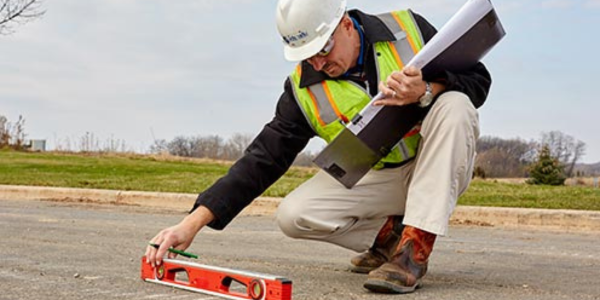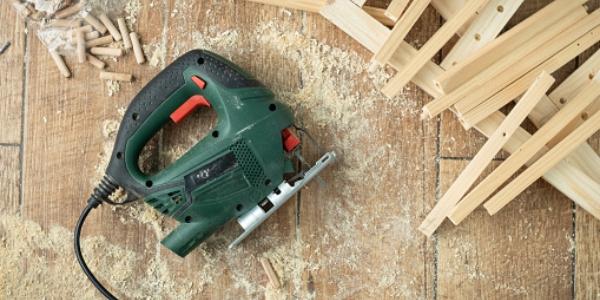Developing a Safety Committee

By John Kenney, Cotney Consulting Group.
A safety committee's purpose is to create a hazard-free workplace environment for all employees.
Safety committees are a valuable resource and should not be overlooked as part of your overall safety culture. It is a prudent objective for your company to have one and listen to the ideas your committee introduces.
The safety committee works for the good of the entire organization, including its employees, leaders and customers. They provide a structured forum for employees to express concerns and provide solutions for improving workplace hazards and processes. Your committee members are your eyes and ears of your organization on and off the job site.
Members of your committee
Your committee should be a mixture of employees throughout your company, including crew leaders, supervisors, your safety director and a few key admin team members not in ownership or C-level management. Most importantly, the majority of your committee should consist of your employees directly involved with daily work on your job sites. Your field employees best understand what causes the issues on the job and will be essential in making process improvements.
When your safety committee is in place, it's vital to ensure it stays viable throughout your company's life and grows and adapts to future changes. Having the people who work in the day-to-day environment on the safety committee will ensure a company stays abreast of any safety concerns happening in the field.
Safety committee operation and focus
The safety committee team should establish the meeting agenda, rules and goals, providing a solid foundation for meetings to follow, keeping everyone on track, and ensuring time is spent in the most productive manner possible. A few common meeting practices:
- Review and consider all employee ideas
- Encourage open and honest discussion
- Promote ideas that will have the most significant impact on your safety program
- Ensure that everyone understands how these suggestions will be prioritized and implemented
Collecting data in advance to justify specific hazards to focus on will make the meeting time efficient. Data that will be useful to the team include:
- Near misses
- Injury and incident data and trends
- Risk assessments
Implementing ideas
In many instances, the committee can implement a simple fix to a hazard that requires minimal time, effort or money. Other times, the correction may require new equipment or re-training, resulting in higher costs and more comprehensive implementation. Regardless, the solution must be justified based on the risk of the tasks. It will not make sense to spend a lot of time and money on a low-risk task if you can't ensure an improvement in performing the work safer.
In the long run, safety committee benefits will far outweigh the costs. The advantage of having a specific committee focused on each employee and company's safety allows them to evaluate and review safety concerns with a proactive approach and work to identify potential hazards before they become issues.
When you regularly improve your safety processes, you catch areas that need improvement and ensure that your company is putting the well-being of its employees at the forefront of everything you do.
Learn more about Cotney Consulting Group in their RoofersCoffeeShop® Directory or visit www.cotneyconsulting.com.
About John Kenney
John Kenney is the Chief Executive Officer at Cotney Consulting Group. Prior to starting Cotney, John had 45 years of experience in the construction industry. John began his career by working as a roofing apprentice at a family business in the Northeast. Because of his skill and hard work, he progressed from roofing laborer to foreman, estimator, chief estimator, Vice President, and Chief Operating Officer with his various companies. John has worked for multiple Top 100 Roofing Contractors and is intimately familiar with all aspects of roofing production, estimating, and operations. In his last role, John was responsible for the daily operations and performance of a large commercial roofing contractor. During his tenure, John ran business units associated with delivering excellent workmanship and unparalleled customer service while ensuring healthy net profits for his company.






















Comments
Leave a Reply
Have an account? Login to leave a comment!
Sign In